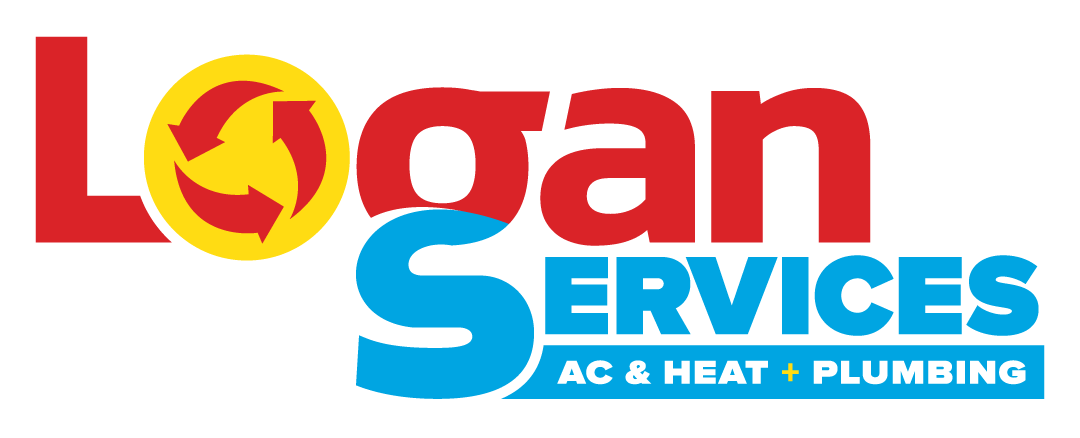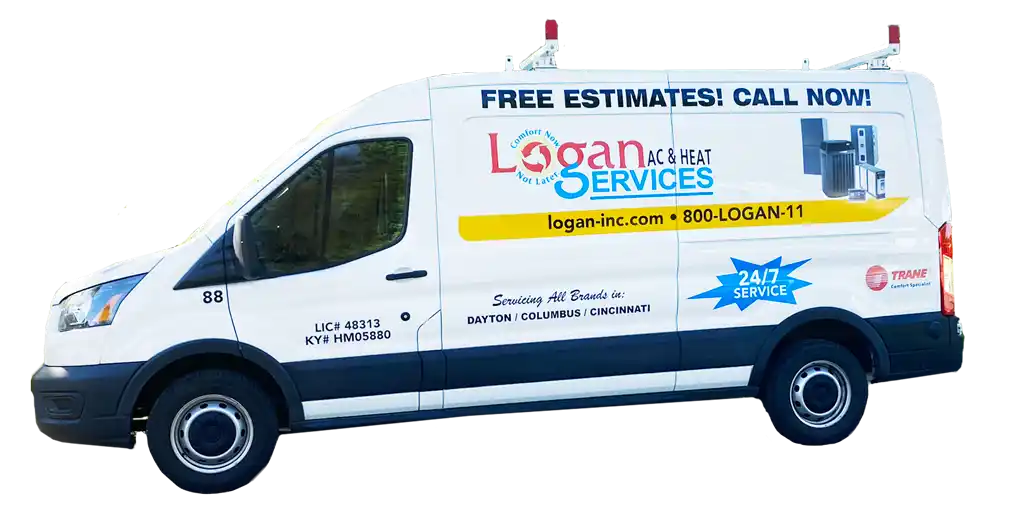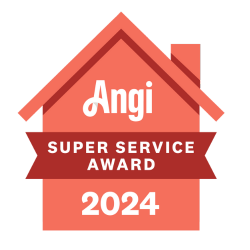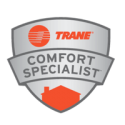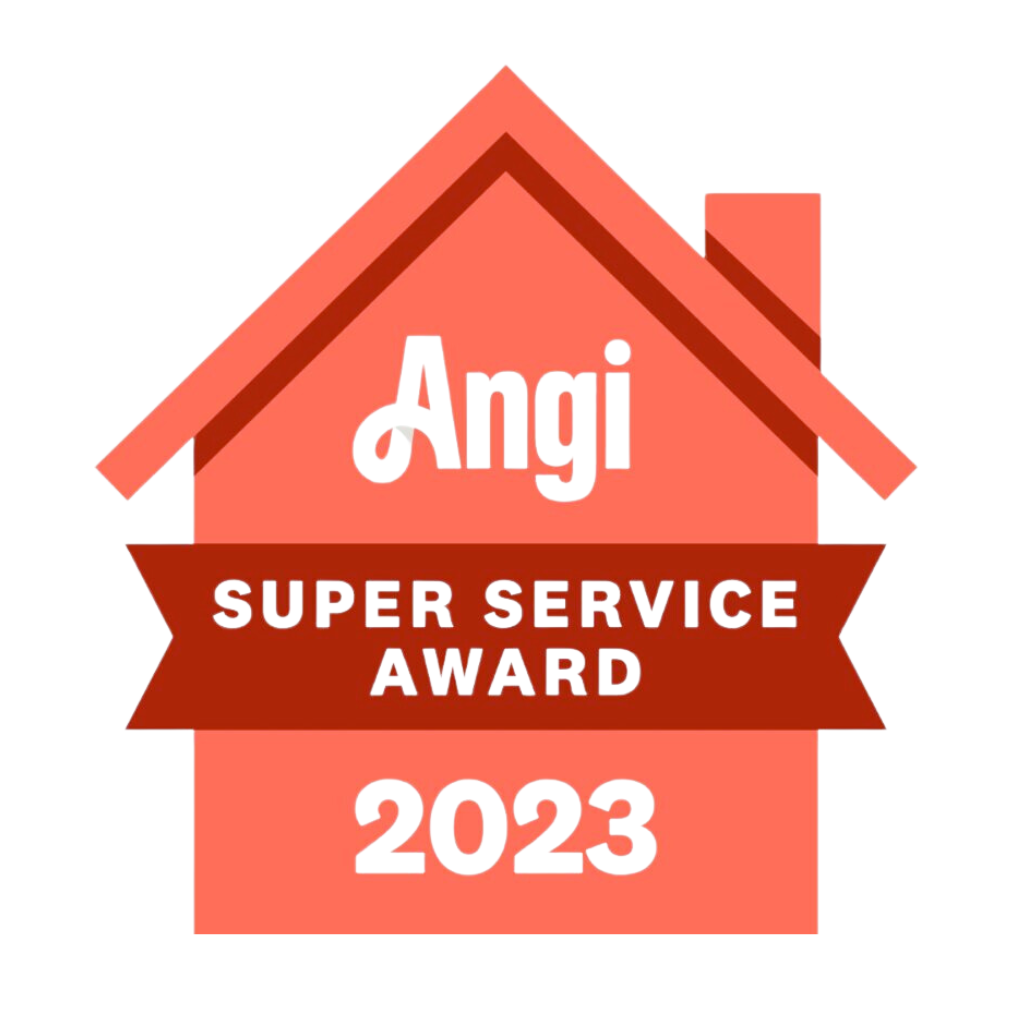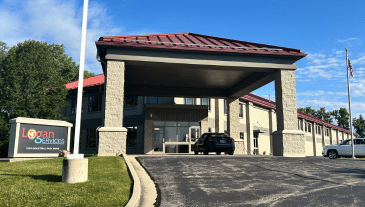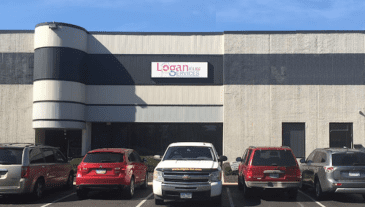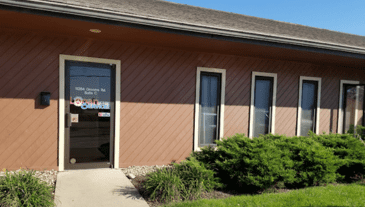Installing central air conditioning is a major project, but properly understanding how to install central air conditioning ensures success. While swamp coolers and window units provide spot cooling, a central air conditioner will evenly cool every room in your house using a forced-air distribution system. This guide covers everything you need to know about how do you install central air conditioning, from permitting requirements to post-installation care. With proper planning and hiring professional HVAC technicians, you can successfully beat the heat with a brand-new, energy-efficient central AC system.
Central Air Components
Central air conditioners have two main parts – an outdoor condenser unit and indoor evaporator coils that connect to ductwork running through your home.
The evaporator coils contain cold refrigerant, while the condenser compresses hot refrigerant to cool it off. Key components include:
Condenser Unit: The exterior condenser contains a compressor, condenser fan, condenser coils, and various control devices. It is usually placed on a concrete pad next to the home.
Evaporator Coils: Mounted on top of your furnace or in the plenum, the A-shaped evaporator coils contain cold refrigerant to chill the air.
Ductwork: Your existing or new ductwork carries this cooled air throughout your house via vents in each room.
Thermostat: A WiFi or smart thermostat lets you control your central AC and set custom comfort schedules.
Refrigerant Lines: Copper pipes filled with refrigerant connect the condenser unit to the evaporator coils in a closed loop.
Condensate Drain Line: Condensation from the evaporator coils drains outside through a PVC pipe.
Sizing Your Central AC System
Central air conditioners are sized by tonnage, with one ton equaling 12,000 BTUs of cooling power. A 2-3-ton unit is right for most homes between 1500 and 3000 square feet. The main factors determining the ideal central AC unit size include:
- Square footage of your home
- Number of floors/stories
- Climate and average summer temperatures
- Window efficiency and insulation levels
- Personal comfort preferences
- Number of occupants
It’s also crucial to select an Energy Star-certified central AC unit with a high Seasonal Energy Efficiency Ratio (SEER). Look for a SEER rating of 14 or greater (18+ SEER ratings are excellent investments) for optimal savings on cooling bills over an older, inefficient AC system. Consider installing a programmable or smart thermostat as well to maximize efficiency.
Permits and Professional Installation
Adding or replacing central AC equipment requires both electrical and HVAC permits in most municipalities. Only professionally installed central AC systems by licensed HVAC technicians meet code and ensure safe, efficient cooling. HVAC pros have proper training in refrigerant charging and handling to perform the installation correctly. Without expertise, DIY central air conditioner installs fail to meet code and will be unsafe, inefficient, and prone to breakdowns. Be sure to verify your HVAC contractor’s license and insurance before proceeding with a professionally installed central air system.
Step-by-Step Central AC Installation
Installing central air is a major project best left to professionals, but here is an overview of what’s involved:
Prepare the Condenser Unit Site
The outdoor condenser unit is a vital component of the central AC system, requiring careful placement. It must have clearance for airflow on all sides, including code-required spacing from fences or walls. A dedicated 30 amp electrical circuit must be run to the condenser site to provide sufficient power.
The unit will also bear significant weight, necessitating a reinforced concrete pad meeting specifications. Exposure to full sun is ideal to facilitate heat exchange, avoiding shaded areas under decks or trees. Proper condenser drainage options include connecting to the main home drain line or draining into adjacent landscaping. Finally, an accessible A/C disconnect switch near the condenser allows for safe maintenance and emergency shut-offs.
Install the Evaporator Coil Unit
The evaporator coil unit gets mounted on top of your existing furnace or air handler unit. This involves your HVAC technician first inspecting the heat exchanger, plenum, blower motor housing, and other components. Any necessary furnace repairs or replacements are completed before proceeding. Next, the plenum is meticulously sealed to prevent cooled air leaks. The correct A-shaped evaporator coil model for your system size then gets securely mounted in place along the supply plenum airflow path. Condensate drainage gets connected via a plastic PVC pipe running to a floor drain or outdoors.
Connect Refrigerant and Control Wiring
The HVAC technician handles all refrigerant pipe and electrical connections between the newly installed equipment. Copper pipes are run from the exterior condenser to connect with the evaporator coil, completing the sealed refrigerant loop that allows heat exchange when compressed. Electrical control wiring for power, sensors, speed controls, and more is also carefully pulled through walls and ceilings as needed. Terminals are then wired at the thermostat, furnace/air handler, and condenser to ensure full communication.
Handle Ductwork
For optimal performance, new ductwork sized precisely for your new central AC’s cubic feet per minute (CFM) capacity will likely need installation. This includes running main trunk and branch lines through attics, basements, and crawlspaces to supply and return vents. Where accessible, existing ducts get inspected and tested for leaks causing pressure imbalances. Any leaks get sealed while damaged ducts are repaired or replaced entirely. Supply and return vents may be added to balance conditioning for unused space-like additions. All ductwork finally gets attached securely to the furnace/air handler and evaporator components.
Evacuate and Pressure Test System
Before releasing costly refrigerant, the fully sealed system is pressure tested after evacuating remaining moisture and air. A vacuum pump removes gases until a vacuum holds steady at a minimum micron level for sufficient time, indicating no leaks. Only then does evacuation cease and correctly measured refrigerant charge the system. With power and airflow on, refrigerant pressures and temperatures are meticulously monitored across the condenser, evaporator, and all connecting piping. System charge and equipment adjustments fine-tune cooling performance for reliability.
Power Up and Configure the AC System
After all previous installation steps pass inspection, the central air conditioning system undergoes thorough testing and configuration. Monitoring tool readings at vents inform manual damper adjustments or motorized zoning system programming for ideal airflow and velocities room-by-room. The homeowner gets tutored on operating manuals, control settings, scheduling options, and maintenance needs via a final walk-through. Lastly, paperwork, including itemized invoices, building permits, and warranty info, gets filed with the client for their records and any future technician use.
What Does Central AC Installation Cost?
Proper central air installation can run $5,000 to $12,000 depending on system size, ductwork needs, and other variables. Get multiple bids and determine if special financing like a home improvement loan helps offset the initial expense.
While not cheap, upgrading from window units to efficient central air improves resale value and pays off over the long run through lower energy bills. And you can’t put a price on total home comfort!
Post Installation Considerations
Once your new central air conditioning unit is up and running, be sure to:
- Change air filters every 1-3 months for clean airflow
- Arrange an annual checkup by your HVAC technician
- Clear debris and vegetation away from the outdoor unit
- Keep the thermostat set to 75-78°F for cost-effective cooling
- Use a programmable thermostat to maximize comfort and efficiency
Finally, consider nesting your new central air system with other upgrades like spray foam insulation, energy-efficient windows, LED light bulbs, and smart home devices for whole-house energy savings and comfort.
The Logan Difference
Logan A/C & Heat is a family-owned and operated HVAC company that has been serving our community since 1969. What sets us apart is our commitment to every customer.
Our expert technicians complete an intensive training program covering all aspects of HVAC installation and repair. Ongoing education ensures they are up-to-date on the latest codes, best practices, and equipment. Before arriving at your home, our techs verify they have all the necessary parts and tools needed to avoid delays.
We care about doing the job right the first time with outstanding customer communication every step of the way. Techs follow a quality assurance checklist that gets signed off by seasoned installation managers monitoring each job. Combined, our install managers possess over 50 years of experience guiding HVAC projects.
The Logan Difference means taking time to educate customers on how to operate, optimize, and troubleshoot their new AC system. We conduct thorough post-installation walkthroughs prior to departure, validating warranty coverage as well.
As members of this community ourselves, we believe in giving back by supporting local causes and helping friends & neighbors when we can. We also invest in ongoing training so our team provides the most knowledgeable, ethical, and caring HVAC service well into the next 50 years and beyond.
Frequently Asked Questions (FAQs)
Here are answers to some of the most common questions homeowners have about installing central air conditioning:
Can I install central AC in my existing home?
Yes, central air can be added to most existing homes, provided there is adequate space for running ductwork or your home has ducts ready for a central air system. An HVAC professional can advise on your home’s compatibility.
How disruptive or messy is it to install central AC?
The installation process involves running refrigerant lines, electrical wiring, ductwork connections, and drilling into walls for thermostat wiring. While manageable dust and debris are inevitable, a good contractor will contain the mess using temporary barriers and ensure full cleanup afterward.
Should I get quotes from multiple AC installation companies?
Absolutely. Prices range widely, so get at least three detailed quotes for your central AC project. Compare line items, materials, brands, and energy efficiencies. Also, verify licenses, insurance, and warranties. Consider comfort level, too – your AC company handles any future repairs.
What efficiency rating should I look for?
Choose an Energy Star Most Efficient certified central air conditioner with a high SEER for maximum home energy savings. Look for a SEER of 16 or greater. The higher the SEER, the more energy-efficient the AC system operates.
Do I need to pull permits to install central air?
Yes, any central AC installation requires permits for the electrical work, HVAC equipment, and ductwork modifications involved. When hiring an HVAC company, make sure they handle pulling all required permits.
How long does a central air conditioning system last?
The average lifespan of central air conditioning equipment is 15-20 years. However, ongoing maintenance like replacing filters, cleaning coils, and annual tune-ups can maximize the operating life to up to 25+ years before replacing central air components.
